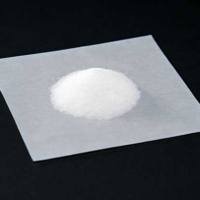Imputing and Predicting Quantitative Genetic Interactions in Epistatic MAPs
互联网
363
Mapping epistatic (or genetic) interactions has emerged as an important network biology approach for establishing functional relationships among genes and proteins. Epistasis networks are complementary to physical protein interaction networks, providing valuable insight into both the function of individual genes and the overall wiring of the cell. A high-throughput method termed “epistatic mini array profiles” (E-MAPs) was recently developed in yeast to quantify alleviating or aggravating interactions between gene pairs. The typical output of an E-MAP experiment is a large symmetric matrix of interaction scores. One problem with this data is the large amount of missing values – interactions that cannot be measured during the high-throughput process or whose measurements were discarded due to quality filtering steps. These missing values can reduce the effectiveness of some data analysis techniques and prevent the use of others. Here, we discuss one solution to this problem, imputation using nearest neighbors, and give practical examples of the use of a freely available implementation of this method.









